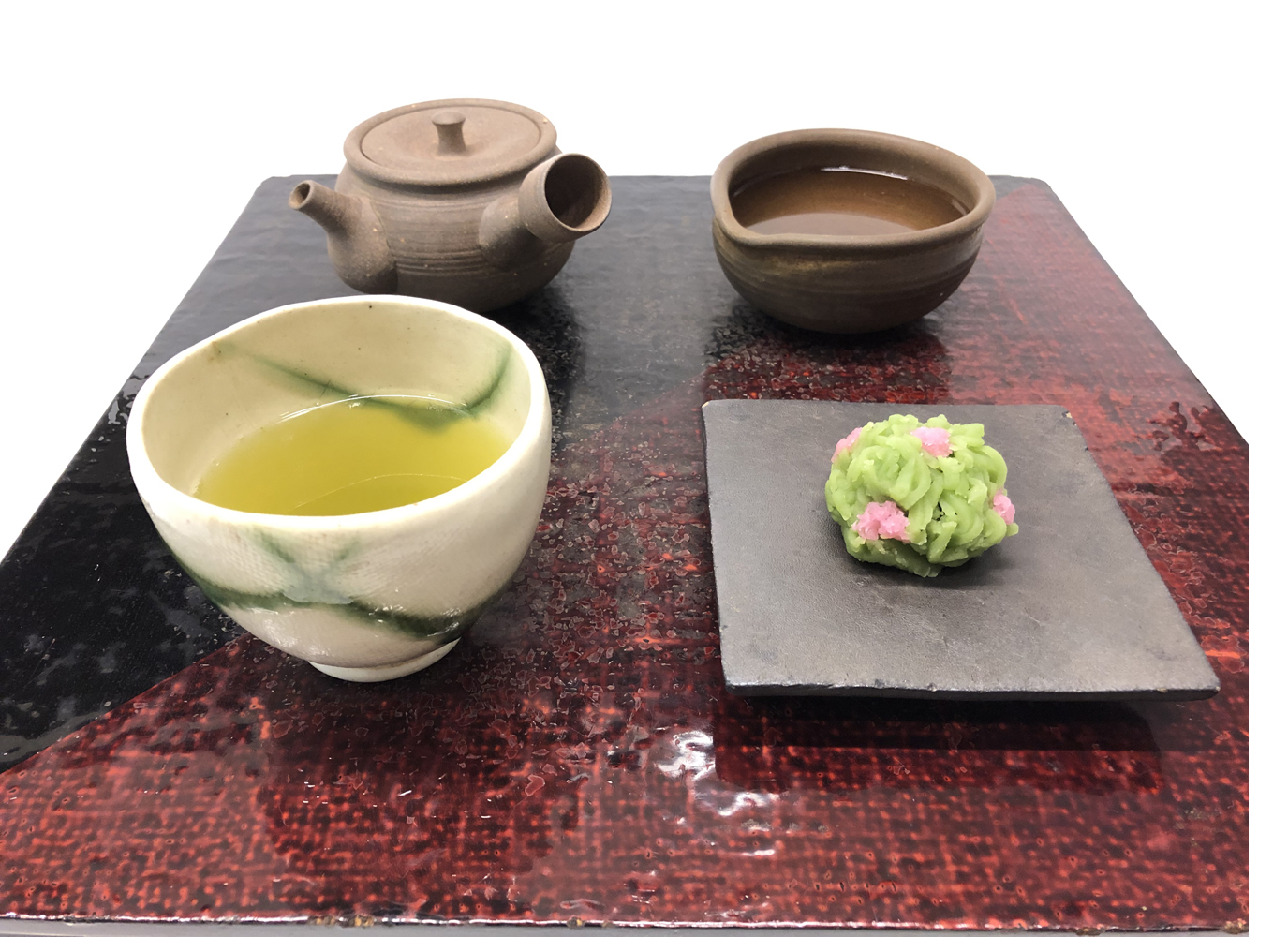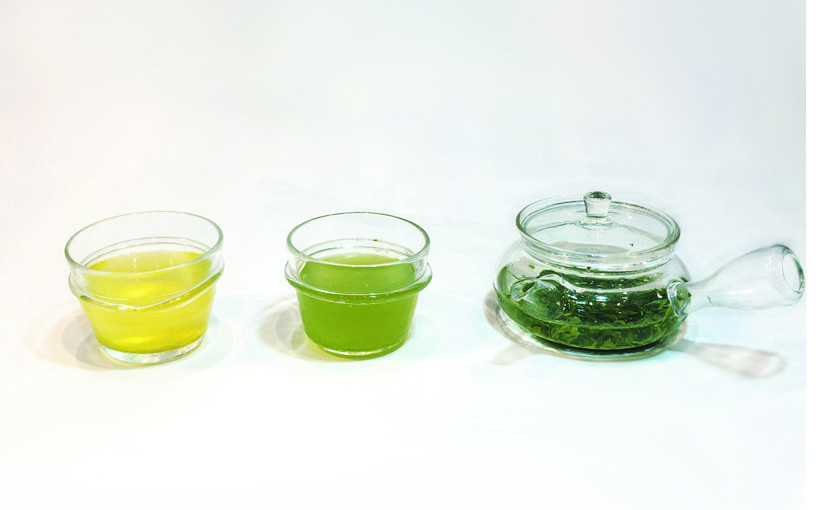


Japanese tea
Tea list
- The Appeal of Tea
 Tea time is the time and space that give us an opportunity to reflect on ourselves and care for others.
Tea time is the time and space that give us an opportunity to reflect on ourselves and care for others.We regard green tea as a tool to have such a time and space. In order to realize this, acting honestly with regard to nature is critical. The sensibility of Japanese people which was nurtured by distinct seasons led to the discovery of the “steaming” preservation method (which stops fermentation and retains moisture properly) to create “Japanese tea.” To honor the salient characteristics of Japanese teas, we have chosen “genuine tea” from various localities across the country with no blending.
- Aracha finishing
 Cha-no-Ha places importance on enjoying the taste of tea leaves on their own and thus has omitted the final finishing process for making a beautiful appearance. We hence do not remove stems or flakes although this does not look good, as to do so would affect the taste of the tea.
Cha-no-Ha places importance on enjoying the taste of tea leaves on their own and thus has omitted the final finishing process for making a beautiful appearance. We hence do not remove stems or flakes although this does not look good, as to do so would affect the taste of the tea.
- Strong, Mild, Soft, Light
The power of tea leaves is determined by the origin, cultivar, harvest time, and farming and processing methods. We have categorized the differences of taste of sencha and gyokuro into Strong, Mild, and Soft and categorized bancha, hojicha and genmaicha that offer the light taste of natural farming as "Light".
-Strong: Tea rather wild as it is grown deep in the mountains. It has strong astrigent properties unique to mountain tea.
-Mild:Tea grown on a flat plateau. The thick-skinned tea leaves are steamed for a longer time to remove astringency and add richness.
-Soft:Tea grown along misty rivers produce straightforward, local flavors of concentrated natural richness.
-Light:Light teas are gentle to our body with less caffeine and less stimulation.
CHANOHA tea list

- Explore tastes of tea
 Tea from the first harvest in spring: we do the least processing so that the power of tea accumulated through the winter can be enjoyed fully.
Tea from the first harvest in spring: we do the least processing so that the power of tea accumulated through the winter can be enjoyed fully.Iced tea in summer: slow extraction to bring out the taste of tea using water is the key to enjoyment.
Autumn tea: enjoy the taste of tea aged until autumn after being plucked in spring.
Bancha: the light-tasting tea harvested in autumn with little caffeine content helps warm up your body.
Cha-no-Ha Natural Farming


